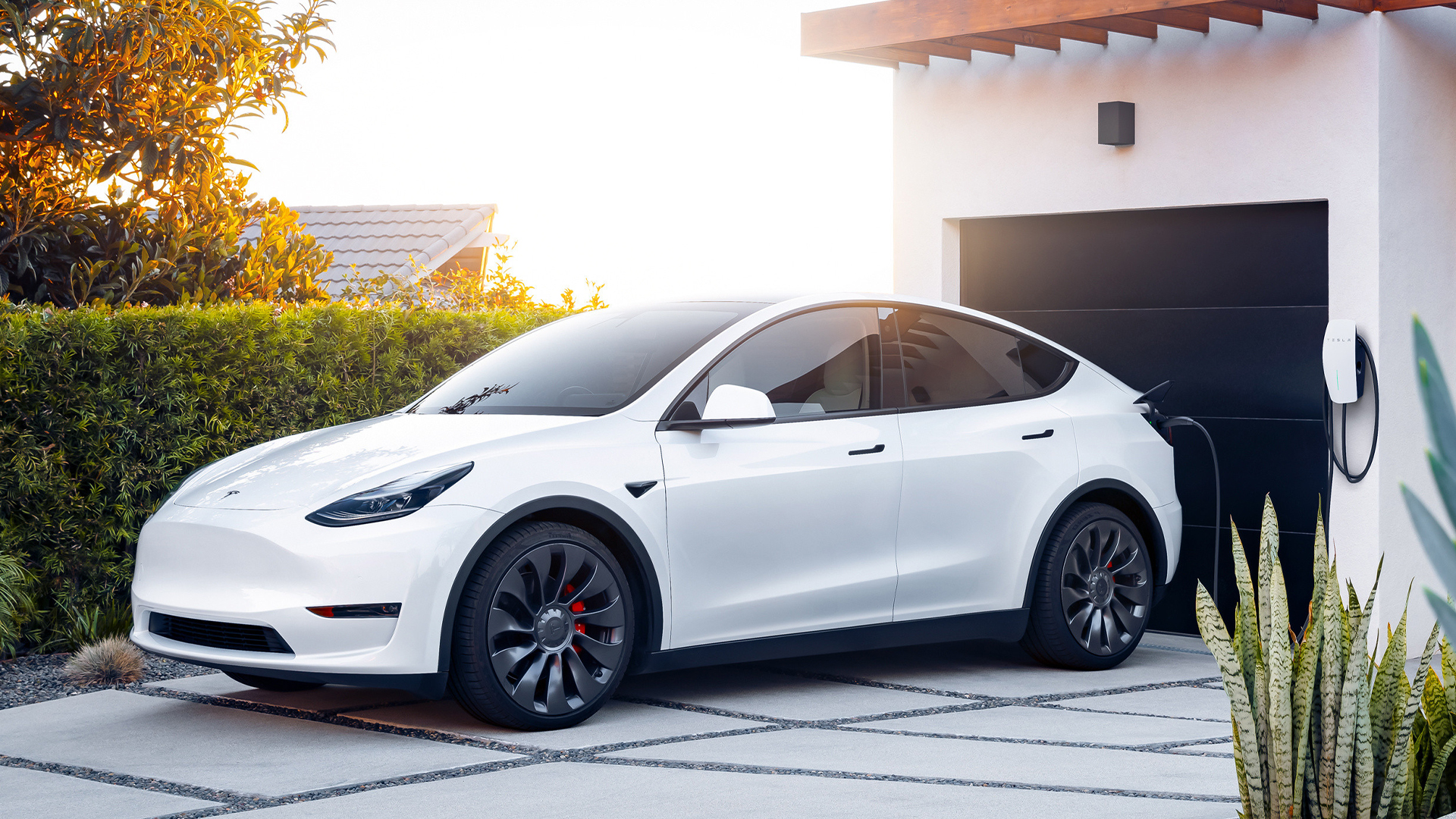

As more automakers shift their electric vehicles toward modern 800-volt architecture, Tesla announced that it has no such plans for its existing lineup of battery-powered sedans and crossovers.
Tesla CEO Elon Musk said during the company’s quarterly earnings call on Wednesday that there are “questionably small” benefits and marginal cost concerns when it comes to switching. This was backed up by Andrew Baglino, Tesla’s senior vice president of powertrain and energy engineering.
“For the smaller platform vehicles like 3 and Y, there’s some wins and losses with 800 volts, not everything is better,” said Baglino. “And so, we look at that platform, and we’re not like ignoring the reality that you can go to a higher voltage, but there’s nothing really encouraging us to do so on that platform. It’s really about mass and power. And as you look at bigger vehicles, there are some advantages on those bigger vehicles.”

The majority of EVs on sale today use 400-volt electrical systems. Some, such as the Audi E-Tron GT, Hyundai Ioniq 5, Kia EV6, and Porsche Taycan, have already made the move over to 800-volt systems, which have enabled ultra-fast charging times at compatible EV chargers. In fact, faster charging is one of the largest benefits of an 800-volt system, according to experts.
By doubling the system’s voltage and maintaining the same electrical current, a charger is able to deliver twice the energy to a vehicle. This allows for faster charging, though ultimately, the rate is limited by the battery cells themselves and the vehicle’s ability to transfer heat effectively during the charging process. There’s also the benefit of weight savings, greater thermal efficiency, and—as a result of the above—the potential for greater usable range.
However, the move to an 800-volt system isn’t as simple as one might think. It would require significant re-engineering of a vehicle, which most automakers might consider at a mid- or full-cycle refresh. In the past, though, Tesla has historically implemented gradual modifications to hardware rather than big model changes.
“[Y]ou’re changing many things,” Baglino continued, “It’s charging infrastructure all the way through the entire vehicle system to [save] maybe $100.”
Baglino later continues to note that the $100 savings figure is simply an on-paper exercise, and after other costs are factored in, moving to 800-volt architecture in existing vehicles might only save the company $50 per unit on production costs.
Musk echoed Baglino’s opinion of 800-volt systems:
“[I]n the U.S., you’ve got 110-volt household power, or voltage. And then, in your most, like sort of 220.” said Musk, “But really, it doesn’t make that much of a difference. […] The advantages are small and the cost is high. Like I said, it’s long-term, like years now, it makes sense probably to [transition to] an 800-volt architecture, but it really needs a very big vehicle volume to pay for the cost of changing from 400 to 800 volts.”

While Tesla specifically noted that it was not planning an upgrade for the Model 3 and Y, it would appear that the S and X are also being left out of any considerations, given that neither vehicle was mentioned by Musk or Baglino. Tesla may be open to 800-volt architectures for upcoming large vehicles, though, like the Cybertruck and Semi.
“On bigger vehicles, where you’re talking about higher power on the charging side or higher power from the battery to the power electronics or you need more torque, so the current requirements go up, there’s a little bit more semiconductor and actual conductor savings of going to the higher voltage,” said Baglino. “And so, we do consider that for Semi and Cybertruck. But for the 3/Y platform where we’ve got everything running and the benefit is questionably small.”
Meanwhile, EV parts suppliers are predicting that the industry will ultimately shift toward 800-volt architecture in the coming years. In an interview with Automotive News, key industry suppliers called out several advantages to 800-volt systems, including the potential for pump-parity charging times, smaller batteries, and overall vehicle cost savings. Predictions from these suppliers indicate that most vehicles coming onto the market will be 800-volt ready by 2025.
Got a tip or question for the author? Contact them directly: rob@thedrive.com